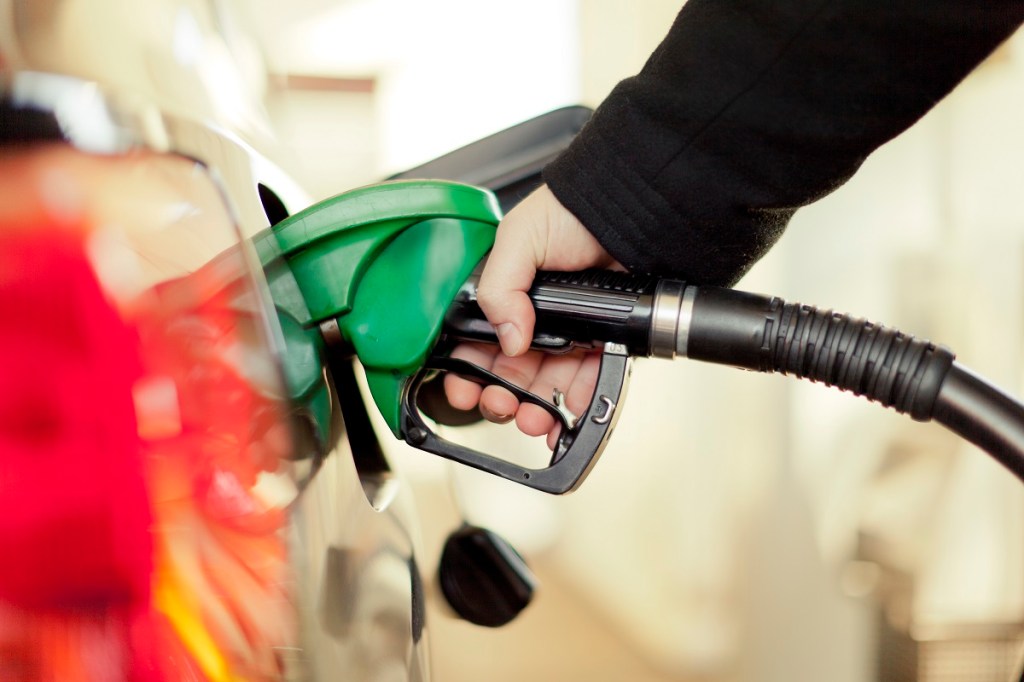Petrol prices have reached a record high, with the national average price for unleaded hitting 176.9 cents a litre.
Data from the Australian Institute of Petroleum (AIM) weekly report shows Melbourne and Hobart are the worst-hit cities, with prices exceeding 182 cents a litre for unleaded.
The rising prices coincide with escalating tensions between Russia and Ukraine, with NATO and US intelligence claiming that an invasion is imminent.
Russia is responsible for roughly 12 per cent of the world’s total oil supply and the threat of conflict with Ukraine has sent global fuel prices sky-high.
Theo Foukkare, CEO of the Australian Association of Convenience Stores (AACS), said that consumers are already facing rising costs of living in almost every aspect of their spending, so the increasing fuel costs will have an impact on in-store behaviour.
“A lot of consumers already see a full tank of fuel as a begrudged purchase, so any sustained increases will have an immediate hit to their in-store sales.”
Foukkare offered some solutions for operators to attract consumers to their stores and still spend on in-store products.
“It is important for service station operators to really manage their pricing to give their customers a reason to come back to their store, whether it be through the introduction of EDLP’s, a lower margin on certain categories, or increasing promotional activity to drive up the average spend.”
According to the AIM report, the current petrol wholesale price sits at 166.1 cents per litre, including the government’s excise of 43 cents per litre as well as GST, and with retailers having to account for salaries, rent, utilities, and other expenses, there is not a great margin for profit.

